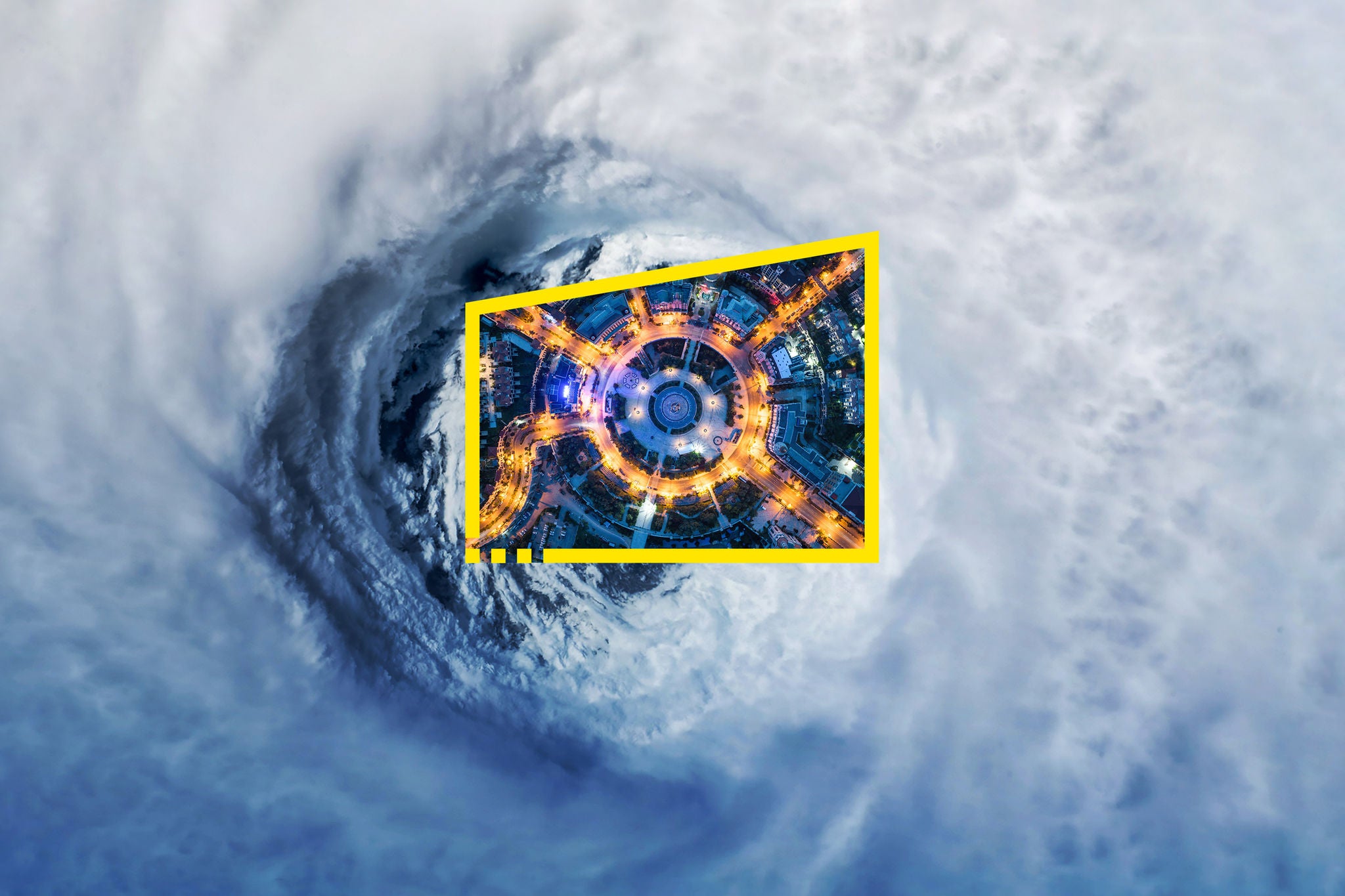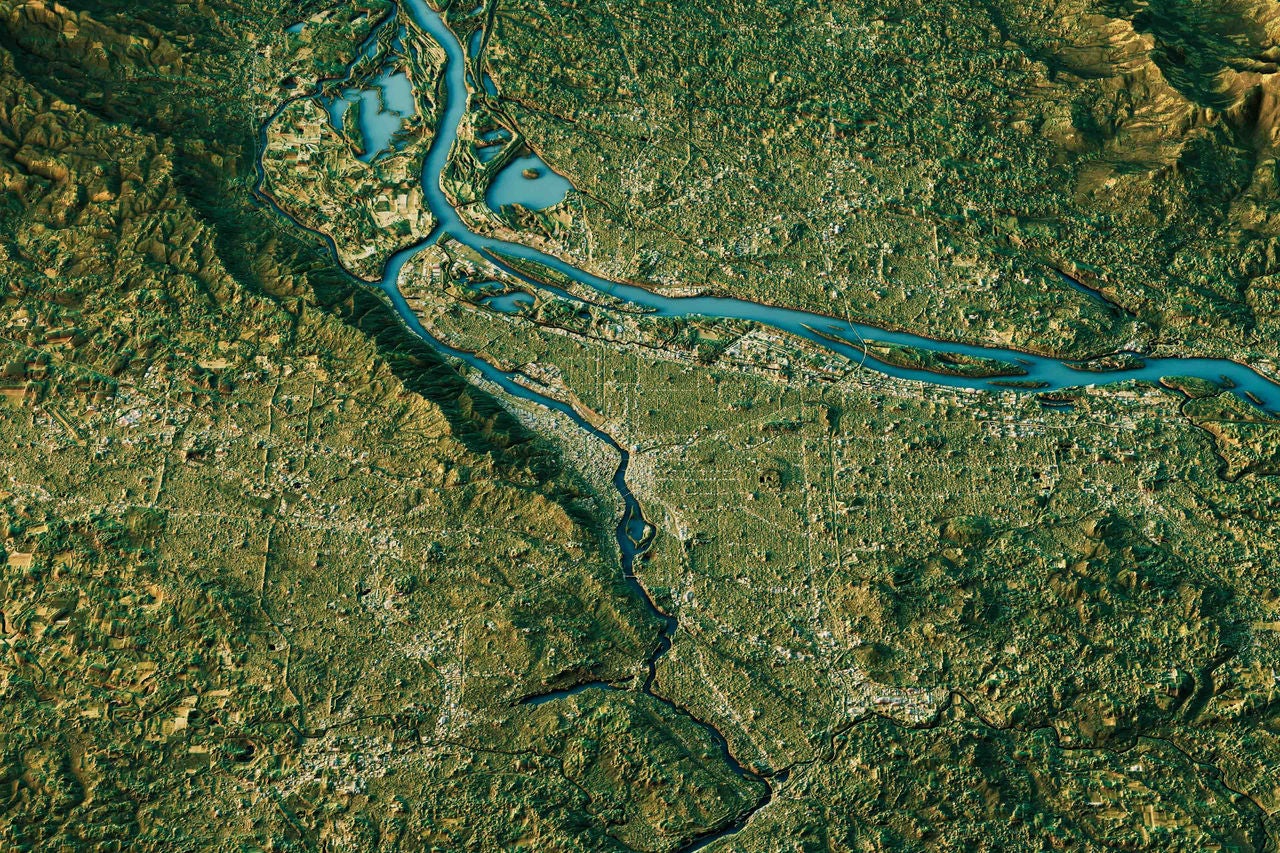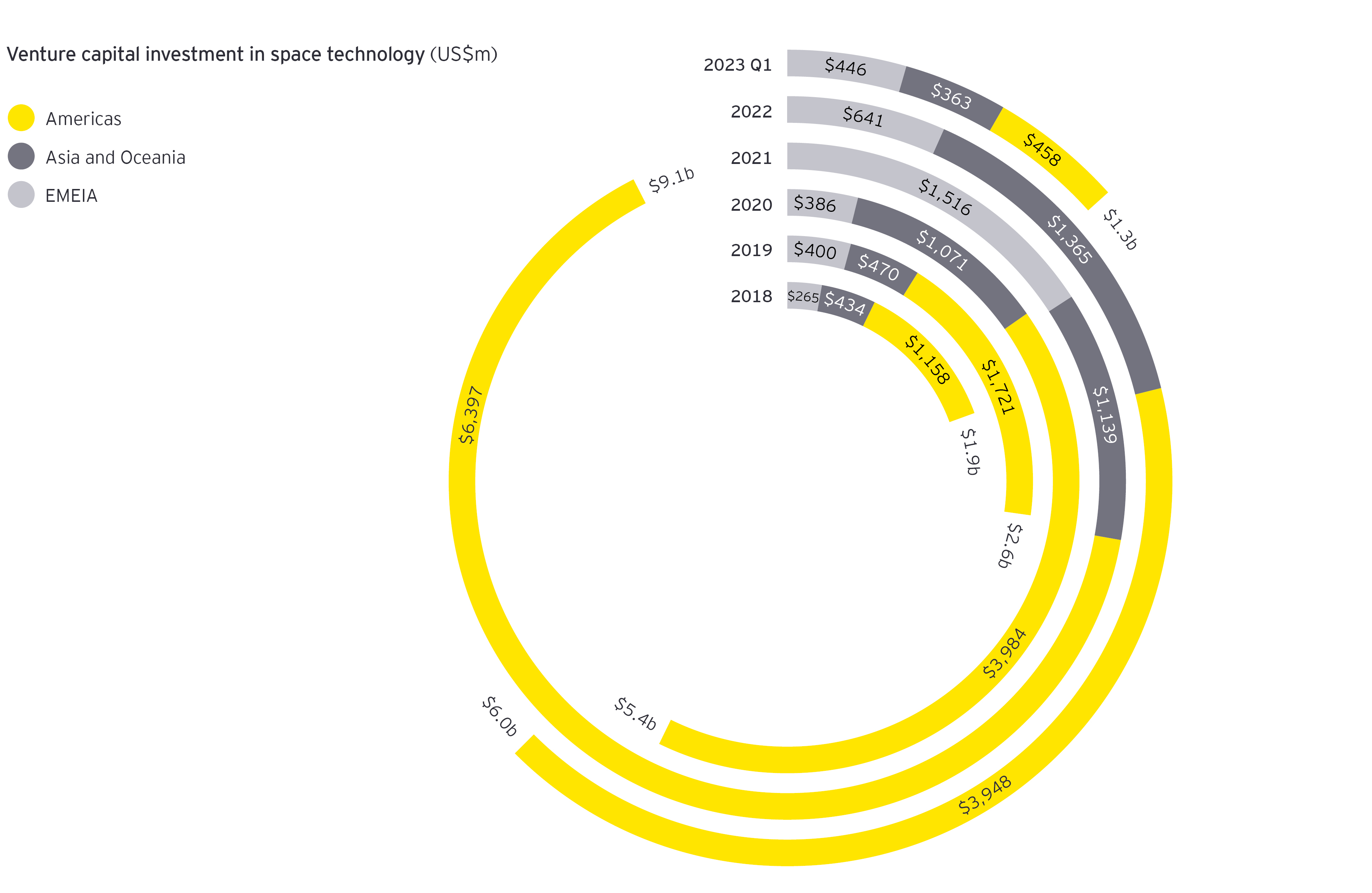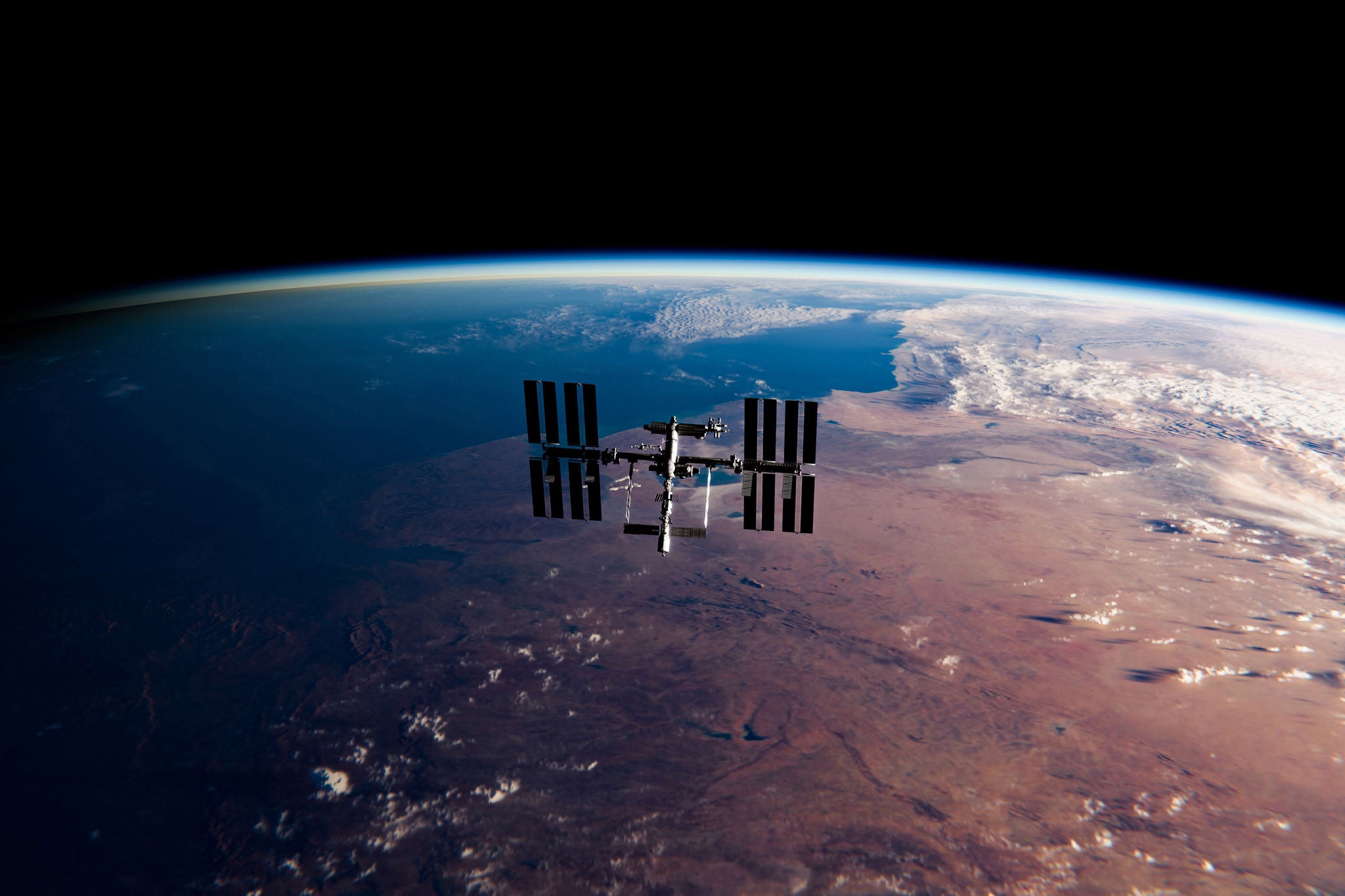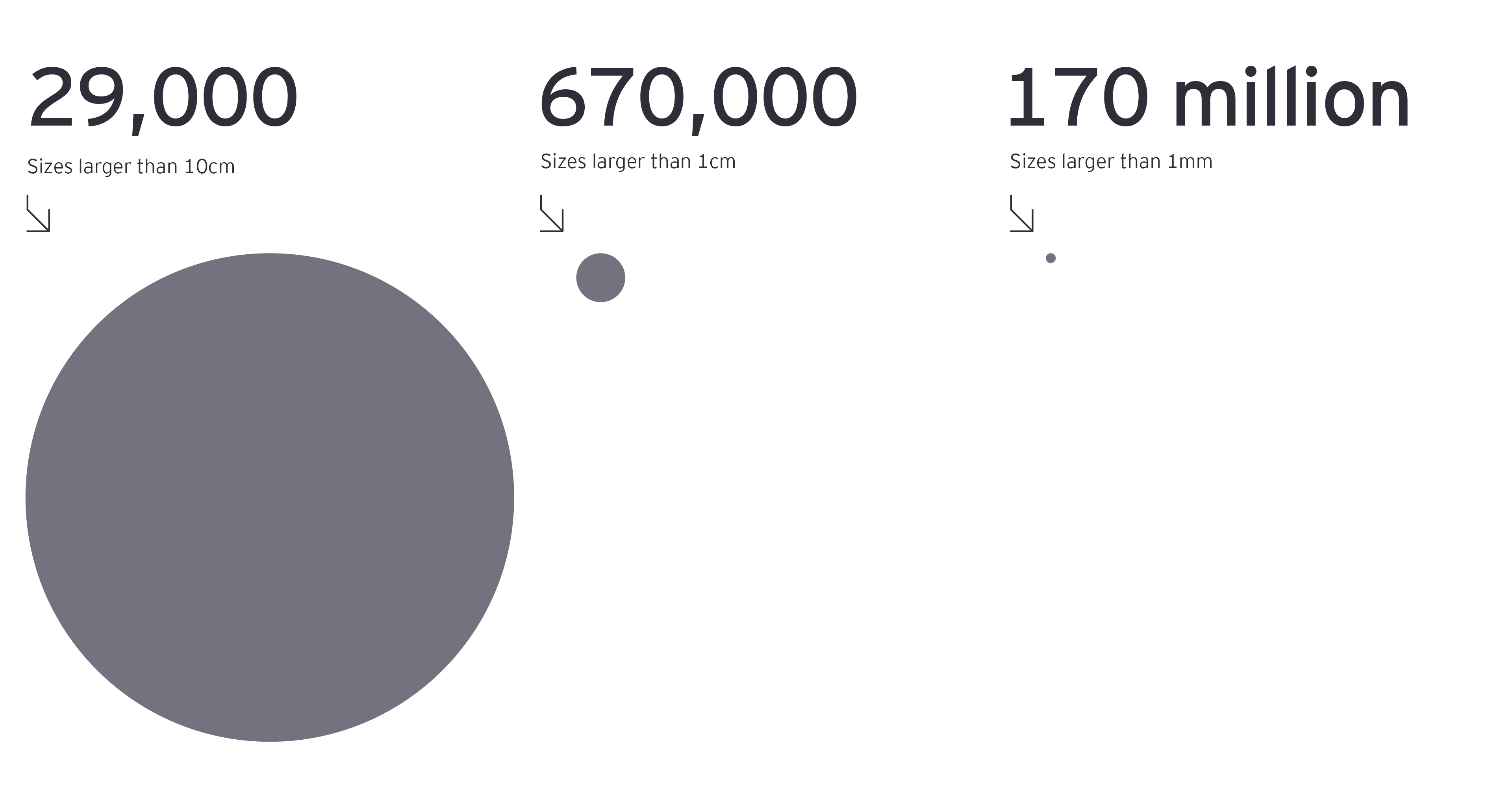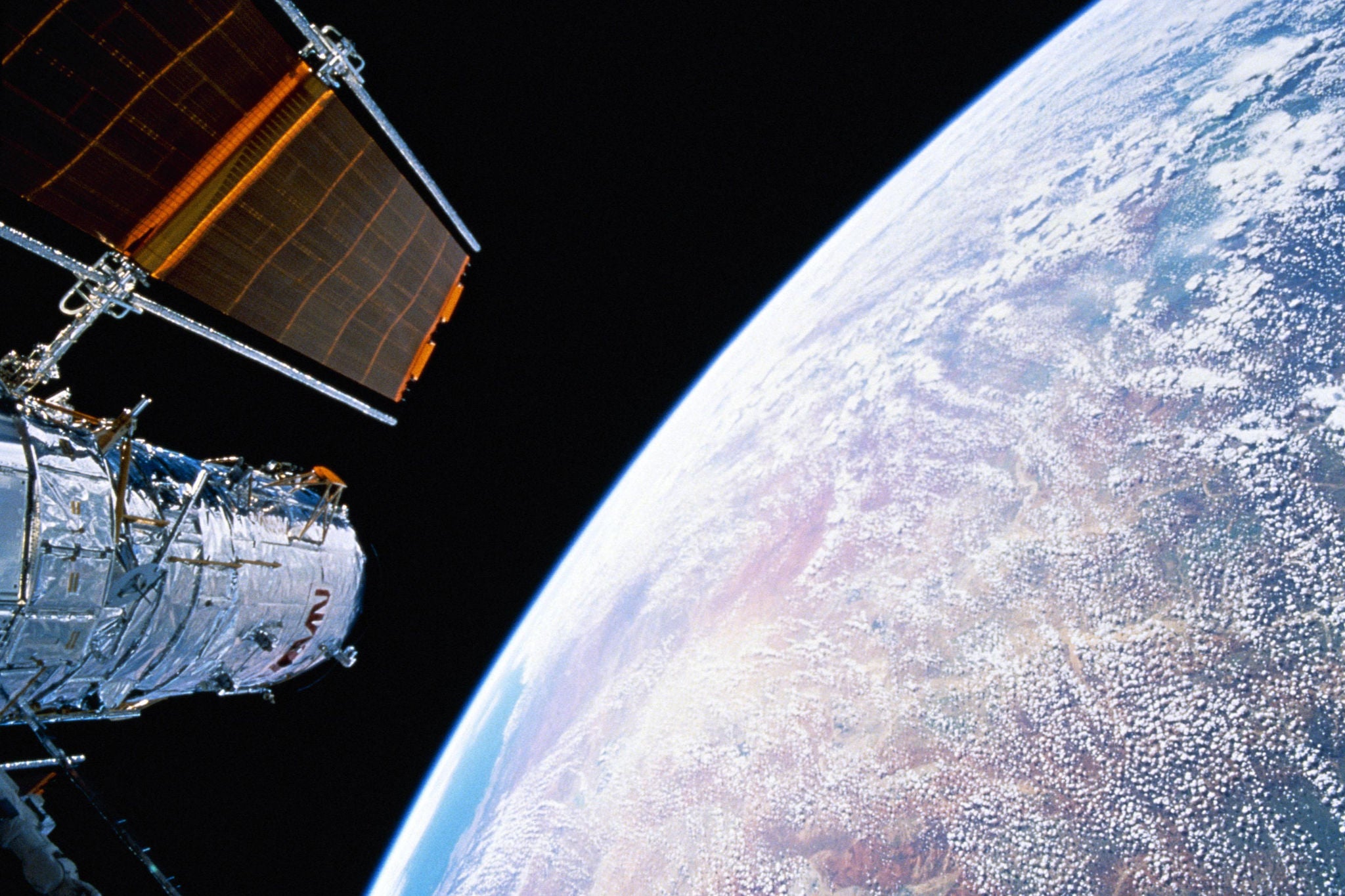EY refers to the global organization, and may refer to one or more, of the member firms of Ernst & Young Global Limited, each of which is a separate legal entity. Ernst & Young Global Limited, a UK company limited by guarantee, does not provide services to clients.
How EY can help
-
Discover how EY's technology transformation team can help your business fully align technology to your overall purpose and business objectives.
Read more
A quiet space revolution is underway today, focused not on outward exploration but on inward Earth observation and sensing by satellites.
A rapidly expanding constellation of satellites provides a unique vantage point for understanding the Earth and the accelerating change we're experiencing – in climate, biodiversity, infrastructure, land use and physical assets of all kinds.
The growing volumes of deep, multidimensional Earth data captured by satellites unlock innovative use cases and new opportunities for collaboration, but also give unprecedented operational transparency to the gamut of stakeholders globally.
The effective use of data has emerged as one of the most important drivers of value. With unprecedented access to a trove of space data now a reality, business leaders must give serious thought to how they can use it to unlock new value for their customers, employees, partners and the broader society they serve.
At the same time, the global commons of Earth orbit are becoming more crowded, creating commercial complications and collision risks, making it increasingly urgent to address the long-term sustainability of space. Space-based observation also raises important privacy concerns.
Space provides a strategic vantage point, opening a rich new seam of actionable data in a time of exponential change on Earth. This report shares some of the important possibilities, challenges and risks related to this data resource. We hope it helps organizational leaders develop an agenda for meeting this strategic imperative and capitalizing on the associated opportunities.
This is a summary article of the full report which covers the following topics:



